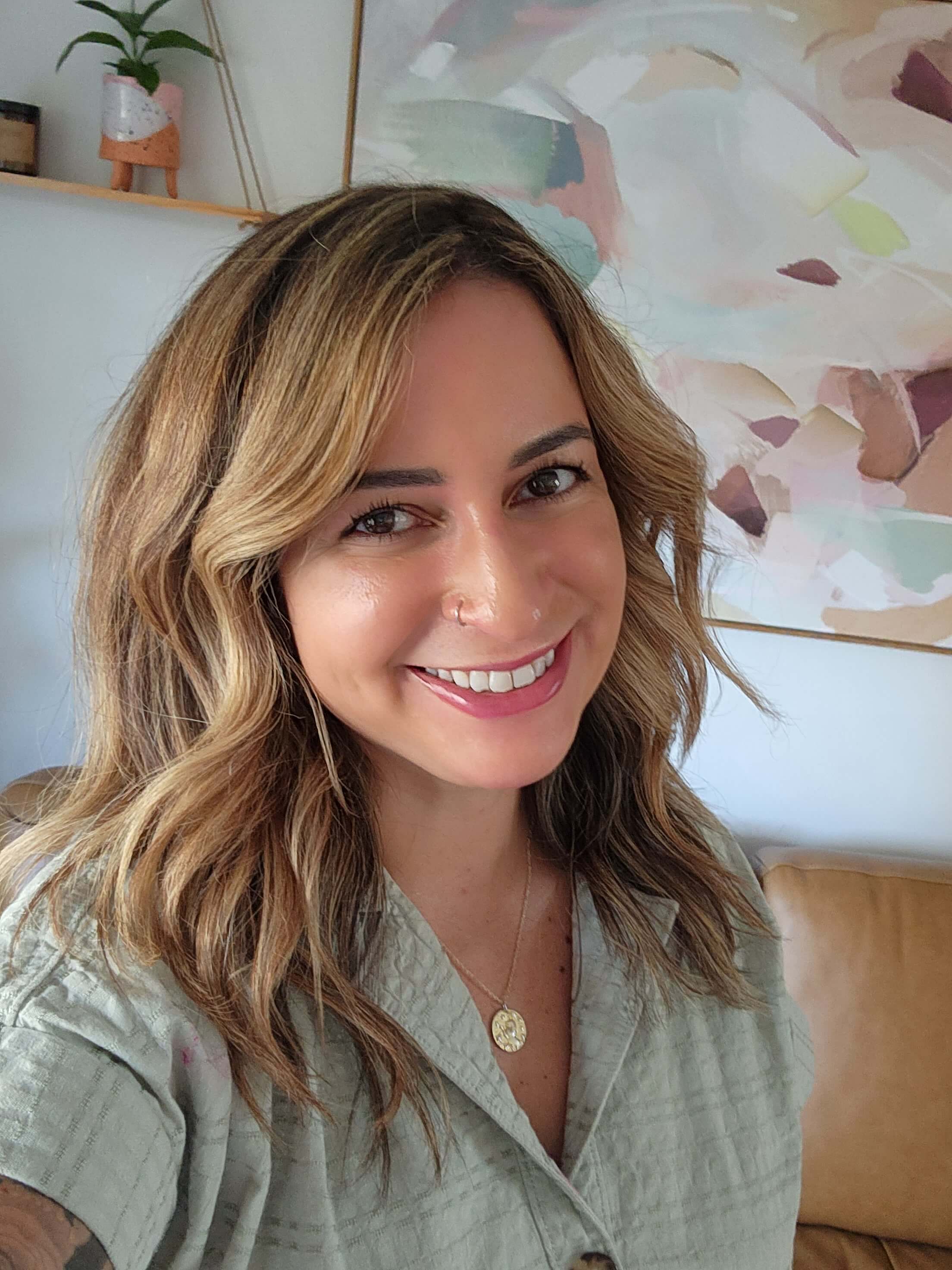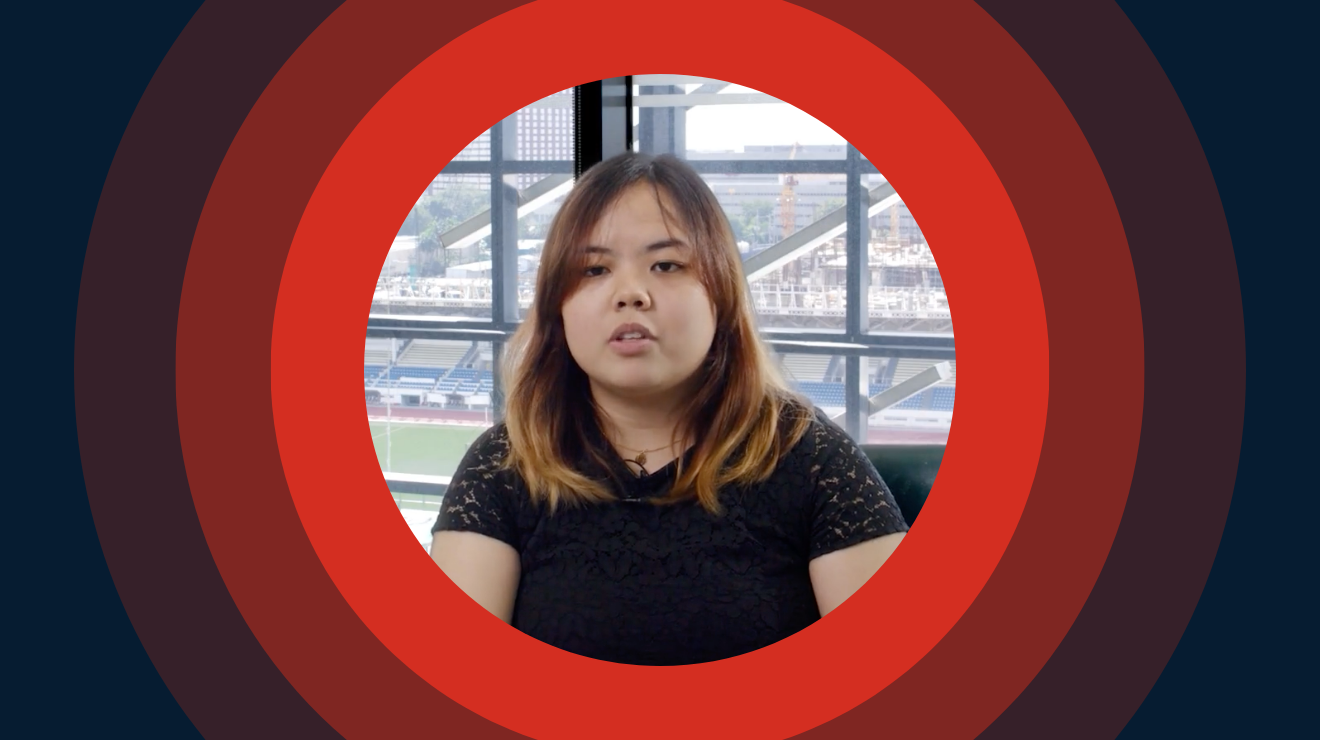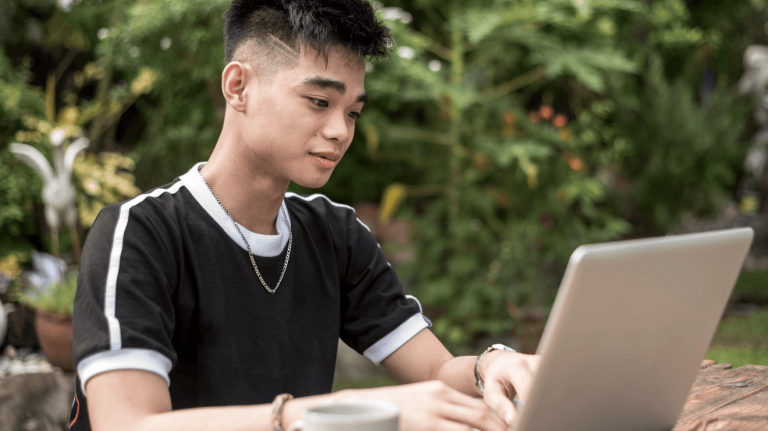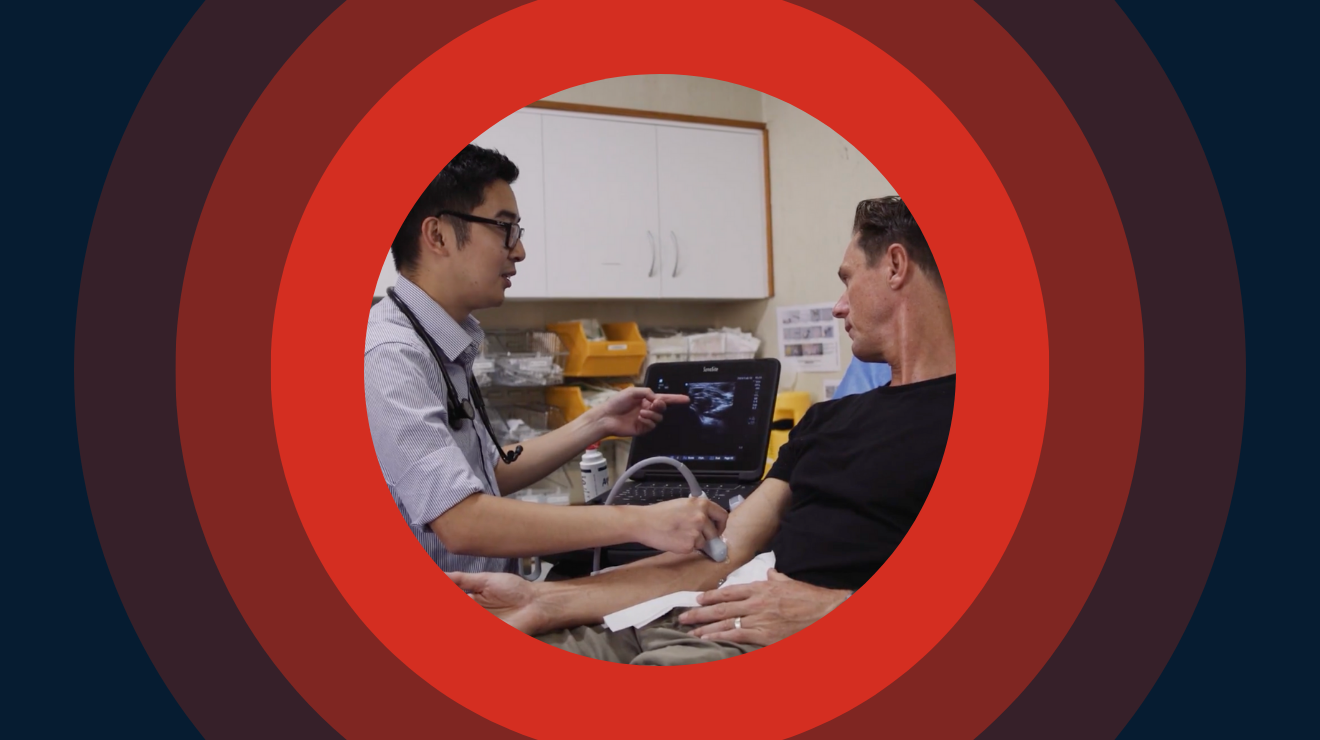Sheila Christine Ledesma works with higher education institutions across the Philippines at a time when many are grappling with student attrition, disengagement, and uneven access to learning. A former educator and university administrator, she brings both classroom insight and operational experience to her role on Instructure’s APAC team.
Sheila's been with the company for 3.5 years and is currently a Customer Advocacy Manager. She's been visiting campuses around the country, listening closely to the challenges teachers face. We spoke with her about what she’s hearing, how Canvas can help, and why her English degree didn’t stop her from building a career in edtech.
Let’s start with your journey. Can you tell us a bit about your background and what led you to Instructure?
I grew up in the Philippines in a religiously conservative household influenced by Filipino-Spanish traditions. I’ve always been passionate about teaching. I started in education, helping students explore everything from Shakespeare to formal research writing. I love learning and constantly seek out new skills and capabilities, which has helped me evolve alongside changes in education.
It took some time before I made a career switch. I spent nearly six years in customer success roles before joining Instructure, where I learned how to identify customer needs, manage a wide range of concerns, and focus on delivering real value. When the opportunity with Instructure came up, I took it. And from day one, I’ve felt a sense of belonging. Being part of an edtech company that values both education and professional development means a lot to me.
Can you tell me about your role? What excites you most about the work you’re doing?
A key part of my role is working across teams to build strong relationships and make sure customers see value in their partnership with us. I’ve enjoyed the cross-functional collaboration and the chance to contribute to shared goals. I hope to use my strengths to help Instructure grow in the Philippine education space.
At the Innovation & Research Summit, I was grateful to engage with some of the best minds in the industry. It created space for meaningful conversations about emerging trends, the impact of AI, and what’s working or not working in education. These are all topics grounded in research and shaped by experience.
You’ve built strong relationships across the education sector in the Philippines. What’s been the key to earning that trust?
Active listening. I’ve visited many schools and training institutions over the years, and nearly every teacher or administrator I meet wants support in making their lessons more learner-centred. Most just want better tools to teach more effectively so students can learn more.
I make an effort to lower my guard and really listen to their goals, their barriers, and the realities they’re facing. It’s the only way to understand the experiences of the institutions we want to serve.
You’re known for being deeply connected to your customers. How do you approach building lasting partnerships that help institutions succeed?
My past experience in university administration really influences how I work. I’ve had to communicate with senior leaders, middle managers, teachers, and students. That kind of broad perspective matters.
When you show that you’re aligned on shared goals, purpose, and vision, you build trust. Every institution has its own culture and priorities, so I make sure to speak their language. It helps show that I understand the constraints they’re working within and the challenges they’re trying to solve.
Are there any standout conversations or trends you’re seeing in Philippine higher education right now?
At recent conferences on innovation in education, there’s been a lot of focus on improving access to quality education and reducing dropout rates. That was when I fully realised the gravity of the learning crisis in the Philippines and the need for stronger academic support and professional guidance.
By better understanding the reasons students leave, universities can tailor their support to help at-risk learners stay on track.
What role do you think technology—especially a learning platform like Canvas—can play in addressing those challenges or opportunities?
Canvas helps educators and administrators focus on strategies that improve engagement and make learning more interactive and personalised. Features like leaderboards and badges add a fun, low-pressure element. And as an adaptive platform, Canvas supports different learning styles by customising instruction to each student’s needs. That can really make a difference in retention.
We also need to understand students’ experiences with virtual learning: what works for them, and what they really need from their teachers. The goal should be to reconnect, not to disconnect.
You work closely with colleagues across APAC and the globe. How does that regional and international collaboration shape your work with customers in the Philippines?
I’m lucky to be part of this team. I’m surrounded by amazing and unique colleagues who support each other and work toward shared goals. Their openness, coordination, and efficiency motivate me to keep growing.
Collaborating with teams from other countries and cultures has helped me better understand edtech trends and brought in fresh perspectives. That leads to more creative and effective ways of supporting customers here in the Philippines. It helps me learn from others while staying grounded in our local context.
What’s something people might be surprised to learn about you?
I used to be into jazz dance when I was in school. It helped me express emotion and creativity. This year, I want to challenge myself to learn the Argentine Tango. I know it’s a tough dance, but I’m ready for the footwork.
I also love film adaptations, from Shakespeare to Stephen King. I’m a horror movie fan. For me, cinema is not just entertainment. It’s a way to reflect and think critically.
Do you have a favourite place to recommend in the Philippines?
I always recommend Bohol Island in the Central Visayas, especially to people who love the beach. It’s quiet and beautiful. It’s known for its unique wildlife, including the world’s smallest primate—the tarsier. It used to be one of the best-kept secrets, but I think the secret’s out now.
Finally, what advice would you give to someone just starting out in the education or edtech space in the Philippines?
You need to really understand your learners. That means using the tools yourself and seeing how they work. It can be overwhelming at first, especially for teachers who aren’t confident with technology. But we need to keep evolving to meet new situations.
To the English teachers who think they’re not tech-savvy: I majored in English because I thought I wasn’t good at maths or computers. That didn’t stop me. During the pandemic, a lot of English teachers found ways to use technology to make lessons more engaging, access more resources, and assess student learning. Like language, technology is a vessel for the lessons you want to teach.




